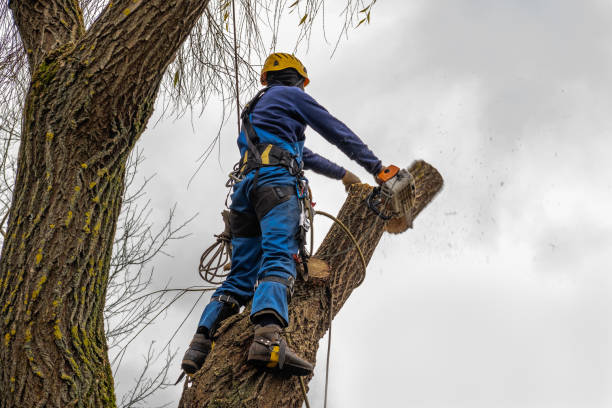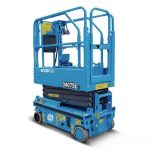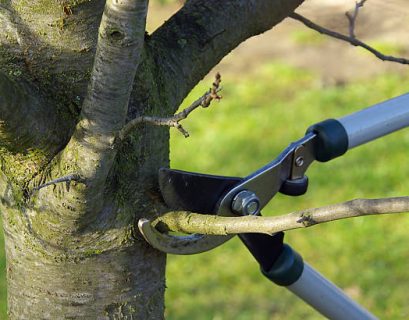Tree trimming is more than just a cosmetic practice—it’s essential for maintaining the health, safety, and aesthetic appeal of your trees. Whether you’re a homeowner or a business owner, understanding the art and science of tree trimming in West Orange NJ can significantly enhance your outdoor space.
What is Tree Trimming?
Tree trimming is the process of selectively removing branches to improve a tree’s structure, promote healthy growth, and eliminate safety hazards. It differs from pruning, which focuses more on overall plant health.
Benefits of Tree Trimming
- Healthier Trees: Removes dead or diseased branches, preventing decay and pests.
- Improved Safety: Reduces the risk of falling branches that could harm people or damage property.
- Enhanced Appearance: Keeps trees looking neat and aligned with your landscaping goals.
- Better Sunlight Exposure: Allows sunlight to penetrate lower branches, benefiting the entire tree.
When is the Best Time to Trim Trees?
The ideal time to trim trees depends on the species and your goals:
- Late Winter or Early Spring: Best for most trees as they are dormant, reducing stress and promoting robust regrowth.
- Summer: Ideal for identifying dead branches and shaping.
- Avoid Fall: Fresh cuts during this time may expose trees to fungi and diseases.
Common Tree Trimming Techniques
- Crown Thinning: Removes selective branches to increase light and air penetration.
- Crown Raising: Removes lower branches to clear pathways or improve clearance.
- Crown Reduction: Reduces the overall size of the tree, often for safety near structures.
- Deadwooding: Removes dead, dying, or diseased branches.
Tools Needed for Tree Trimming
Proper tools ensure safety and efficiency:
- Hand pruners for small branches.
- Loppers for medium-sized branches.
- Pruning saws for larger limbs.
- Pole saws for high branches.
DIY Tree Trimming vs. Professional Services
While small jobs can be done yourself, hiring professionals is recommended for larger tasks or hazardous trees. Certified arborists have the expertise and equipment to handle complex jobs safely.
Safety Precautions to Consider
- Wear protective gear like gloves, goggles, and helmets.
- Use a sturdy ladder on even ground.
- Keep a safe distance from power lines.
- Never trim large branches without proper training.
Signs Your Trees Need Trimming
- Overgrown or crossing branches.
- Dead, diseased, or broken branches.
- Branches too close to structures or power lines.
- Poor light penetration through the canopy.
Hiring a Certified Arborist
A certified arborist brings expertise in tree care, ensuring proper trimming techniques that benefit the tree and your property. Look for professionals with credentials from organizations like the International Society of Arboriculture (ISA).
FAQs
Q1: How often should trees be trimmed?
Most trees benefit from trimming every 3–5 years, but fast-growing species may require more frequent maintenance.
Q2: Can trimming kill a tree?
Incorrect trimming, such as topping or removing too much foliage, can stress or kill a tree. Always follow proper guidelines or consult a professional.
Q3: What is the difference between trimming and pruning?
Trimming focuses on shaping and appearance, while pruning targets overall tree health, removing diseased or damaged parts.
Q4: Can I trim trees near power lines?
No, trimming near power lines is dangerous and should only be handled by trained professionals.
Q5: How much does professional tree trimming cost?
Costs vary based on tree size, location, and complexity but generally range from $200 to $800 per tree.
Summary
Professional tree trimming is an essential practice for maintaining the vitality and beauty of your landscape. Whether you’re addressing safety concerns or enhancing curb appeal, understanding the basics of tree trimming ensures your trees thrive for years to come.









